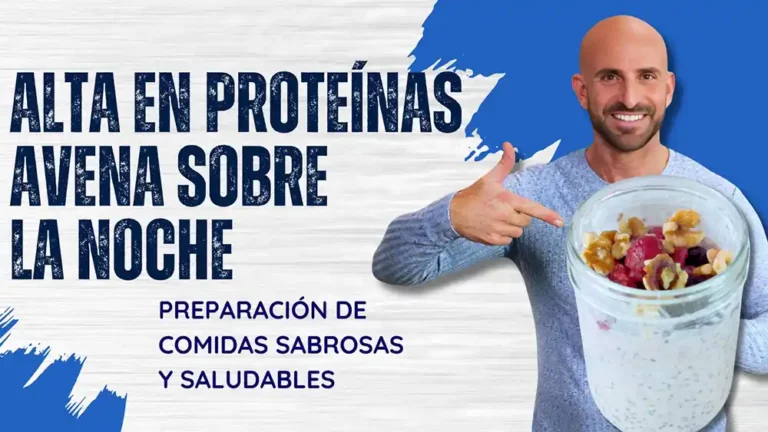Disclosure: I am a National Ambassador for the National Dairy Council. All opinions are my own.
Lactose intolerance is a commonly misunderstood condition. The first thing everyone should know is that lactose intolerance is not a milk allergy, but a sensitivity to milk. To further explain, those with a milk allergy cannot tolerate any dairy products without a reaction, but those with lactose intolerance can tolerate dairy products provided that there is no lactose present or not enough lactose to cause symptoms. However, before we talk more about that – what is lactose?
Lactose is the sugar found in milk. To break this sugar down, the human body needs an enzyme called lactase. People who are lactose intolerant do not have enough of this enzyme, so the lactose simply remains in the digestive tract and can varying symptoms depending on the person and can range from simple bloating and stomach pain to diarrhea and vomiting. However, it’s important to make sure your symptoms are not from another problem with the help of your doctor. With this being said, lactose intolerance is based on a threshold and, because lactose intolerance is a very individual condition, this threshold can vary from person to person. This means that many people with lactose intolerance will only experience symptoms if they consume a certain amount of lactose and you may be surprised to know that not all dairy products contain the same levels of lactose. For example, I can eat cheese and yogurt and feel just fine, but when it comes to cow’s milk and ice cream — forget about it. To learn more about which foods contain more lactose than others, check out my video above.
Luckily, nowadays there are options for people with lactose intolerance that allow them to still enjoy the delicious and refreshing taste of dairy. Even if you think you may have lactose intolerance, you may still be able to eat foods like cheese, yogurt and butter. You can also buy lactose-free milk which is still cow’s milk simply with the lactose removed or already broken down for your body so that the lactase enzyme is not necessary. Cow’s milk is such a nutritious beverage that should not be feared or forgotten about due to lactose. In fact, one cup of cow’s milk contains 8 grams of protein along with calcium, potassium and Vitamin D.
One of my favorite dishes as a child was one that my mother used to make called Aji De Gallina, but since it contains milk, I’ve been wary of eating it for years due to my lactose intolerance. Using lactose-free cow’s milk, however, allows me to reap all of the health benefits of nutrient-dense dairy while still being able to enjoy my favorite home-cooked dish without any digestive symptoms. See both the recipe and how-to video for making Aji De Gallina above.






